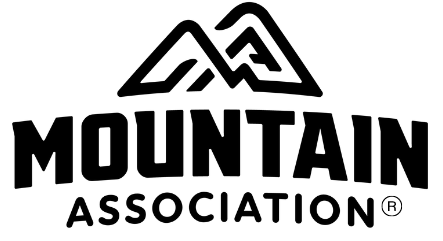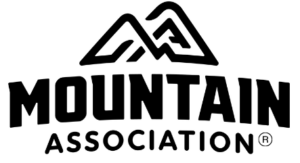Originally posted on Huffington Post on 10/26/10
by Anthony Flaccavento, Abingdon, Virginia-based organic farmer
I had just come in from picking bell peppers when I read the news of Walmart’s pledge to buy at least nine percent locally-raised foods by the year 2015. Perhaps I should have been heartened, since this represents potentially hundreds of millions of dollars in market for local farmers around the nation and world. Instead, the announcement sent me back to the pepper patch, shaking my head and wondering if this wasn’t the beginning of the end of the local food movement.
The organic produce we raise — on what used to be a tobacco farm here in Appalachian Virginia — goes to our local farmers market, to a handful of restaurants, and to independent supermarkets in Virginia, Tennessee and neighboring states. While we’re one of the biggest producers at the Abingdon farmers market, our farm’s sales are but a small part of the produce and eggs reaching the shelves of several hundred supermarkets through a farmer-based network called Appalachian Harvest. Developed as a partnership with these regionally-based grocers, Appalachian Harvest has helped small growers reach large markets while securing a pretty good price for their peppers, tomatoes and other items.
Sometimes referred to as value chains, other times called “food hubs,” coordinated, cooperative networks of farmers closely linked to regional markets are emerging in many parts of the country. The farmers in these networks are typically small to medium scale, often employing organic or sustainable practices; the buyers are diverse, from restaurants to public schools, universities and retailers. These food hubs, while relatively new, are beginning to take hold, improving the livelihoods of farmers and bringing fresher, healthier foods to many segments of rural and urban communities. In the process, they are also building the knowledge, relationships and infrastructure — the “community capital” – essential to make farms more viable, food more secure and communities more vibrant and resilient.
How would Walmart fit into this emerging healthy local food system? If experience is our guide, not well at all. The purported greening of Walmart notwithstanding, the core of its business model continues to be market domination of all competitors and cheaply priced goods made possible by poor employee wages and very low prices paid to suppliers. Just ask the Vlasic Pickles company. Or Rubbermaid, or The Loveable. All three welcomed the opportunity to sell to Walmart, relinquishing other markets in order to meet the company’s volume demand. But after just a few years, they found the terms of their agreements changing and the prices paid dropping. All three went out of business. If multimillion dollar companies like Rubbermaid and Vlasic can be brought to their knees by the retail behemoth, how should we expect small farmers to fare? Over the past decade, investigations of Walmart and other giant retailers in the United Kingdom and Mexico uncovered considerable evidence that suppliers were strong armed, for example by insisting on volume price discounts even when orders were small. These practices led the Mexican Federal Competition Commission to order Walmart to adopt a Code of Conduct for its dealing with vendors, while Britain’s Competition Commission developed new regulations for dealing with suppliers.
If this sounds like progress towards fairer transactions with farmers and other suppliers, think again. In October, 2009, The Independent uncovered a secret memo from top brass at Asda, owned by Walmart, instructing its buyers to take advantage of its market dominance, recognizing that “suppliers are hungry for volume” and to therefore “buy for less.” The memo suggested playing “good cop, bad cop” in order to extract payments and concessions from suppliers, including helping to pay for the retailer’s costs related to marketing and waste. According to the Credit Research Foundation, this is part of a larger pattern, pioneered by Walmart, to push many of their costs down the supply chain using “charge backs” that cost suppliers as much as 10 percent of their total sales.
Let’s be honest: Walmart’s entry into organic and sustainable foods is, like everything else they do, all about market share, including the image repair needed to maintain their dominance. It seems misguided that major environmental organizations are enabling Walmart to achieve this end. As Stacy Mitchell, author of Big Box Swindle says, “How is it that activists for the public good are no longer troubled, but actually pleased about, huge concentrations of economic power?”
And that really is the bottom line. Nearly every sector of the U.S economy, certainly including food and agriculture, is increasingly concentrated, dominated by a smaller and smaller group of ever larger, place-less corporations. The local food economy has emerged as a small but rapidly growing exception, where farmers, consumers, and a range of locally rooted grocers and other markets have been diversifying local economies and revitalizing local communities. Demand for local foods from these close-to-home markets far exceeds supply in most places. The last thing local farmers, or the communities they serve need is to abandon these markets and throw their lot in with a root-less and ruthless giant.
Anthony Flaccavento is a commercial organic farmer near Abingdon Virginia, and a consultant on sustainable economies and food systems. He is also a Past Fellow with the Institute of Agriculture and Trade Policy’s Food and Society Fellows (former Kellogg Foundation Food and Society Policy Fellows.) Thanks to Stacy Mitchell and the Institute for Local Self Reliance for help gathering research for this article.





